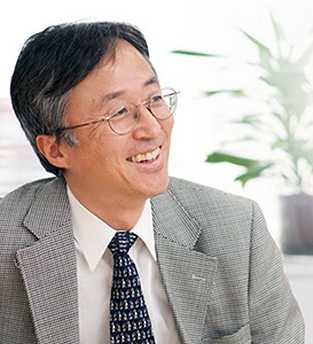Invited Talk 2 - Prof. Shinichiro Haruyama, Keio University, Japan
Invited Talk 2 - Two New Free-Space Optical Communication Technologies for Trains and Rail-Guided Industrial Vehicles, Prof. Shinichiro Haruyama, Keio University, Japan
Title
Two New Free-Space Optical Communication Technologies for Trains and Rail-Guided Industrial Vehicles
Abstract
We propose two new free-space optical communication systems: one for trains, and the other for rail-guided industrial vehicles.
The free-space optical communication system for trains uses a narrow laser beam and a beam scanner in order to do acquisition, stable tracking, and fast handover for links between the ground and a train.
On the other hand, the free-space optical communication system for rail-guided industrial vehicles uses two types of optical fibers for downlink and uplink: the downlink uses a light-diffusing optical fiber to diffuse light from the side of the fiber to transmit data from the ground to a vehicle, and the uplink uses a scintillation fiber to receive light from a vehicle through the side of the fiber to transmit data to the ground. We demonstrated that these technologies were effective for high-speed data communication for trains and rail-guided industrial vehicles.
Prof. Shinichiro Haruyama, Keio University, Japan
Short Bio
Shinichiro Haruyama is a professor at The Graduate School of System Design and Management, Keio University, Yokohama, Japan. He received an M.S. in engineering science from University of California at Berkeley in 1983 and a Ph.D. in computer science from the University of Texas at Austin in 1990. He worked for Bell Laboratories of AT&T and Lucent Technologies, U.S.A from 1991 to 1996, and for Sony Computer Science Laboratories, Inc. from 1998 to 2002, when he joined Keio University.
Other than his research activities of free-space optical communication, he made an effort to establish the standardization of IEC 62943 “Visible light beacon system for multimedia applications” in 2017 which can be used as a universal ID for visible light transmitters.
